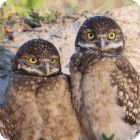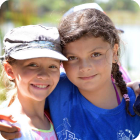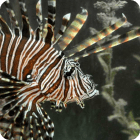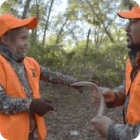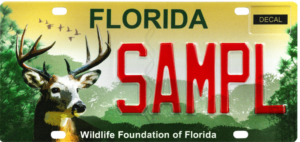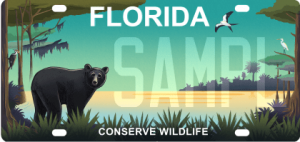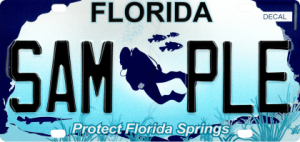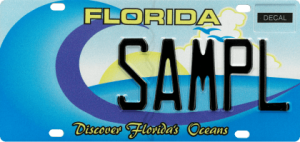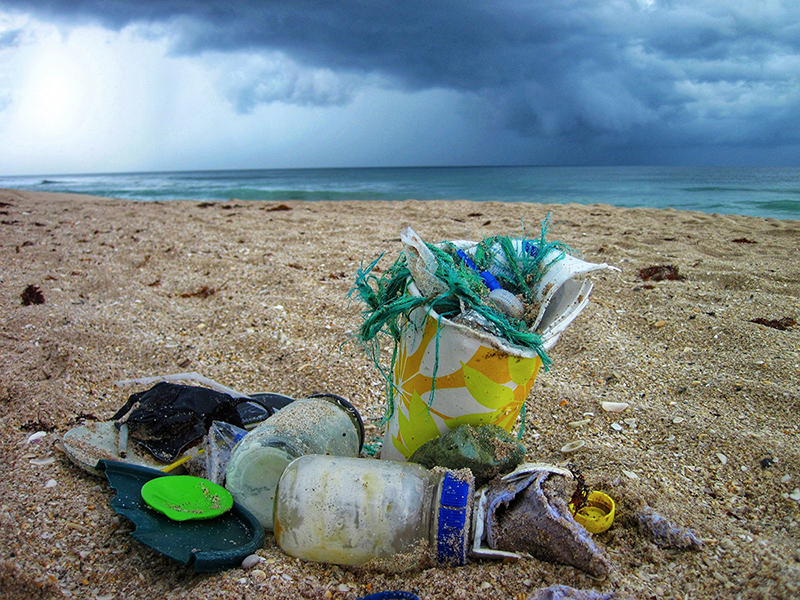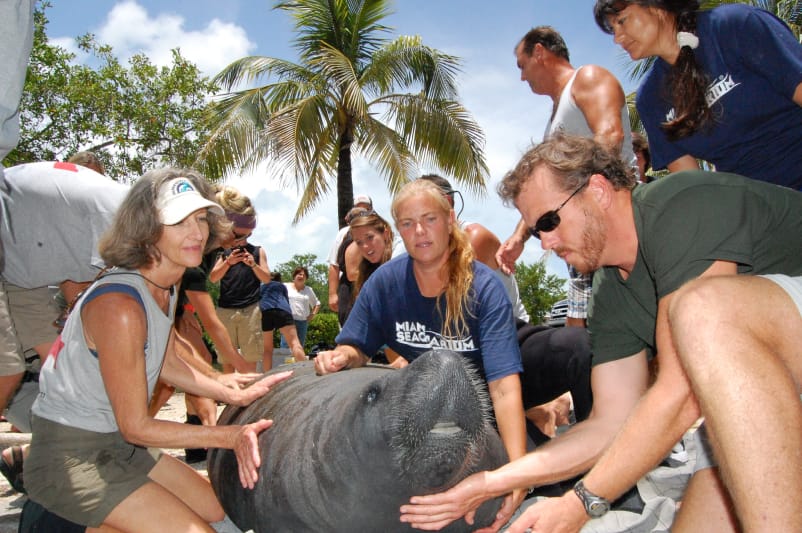
By: Stefani Harrison
It’s that time of year again: the temperatures are rising as spring arrives. With spring, the much-needed season of pollination begins.
Pollination is defined as the process of moving pollen (genetic material) from one flowering plant to another. This transfer of DNA leads to the creation of seeds and fruit in flowering plants and provides genetic diversity. More than 80 percent of flowering plants require pollinators. Without pollinators, we could lose foods like almonds, apples, avocados, bananas, chocolate, coffee, and more!
Honey bees are vital to the survival of crops. In fact, honey bees are so essential that every year millions of dollars are spent transporting them across the country in order to ensure crops like blueberries, cantaloupes, honeydew, raspberries, and watermelons can produce fruit. But did you know that honey bees are not native to the United States?
Honey bees, Apis mellifera, belong to the insect family Apidae and are native to Europe. They were introduced when European colonists brought them to the Jamestown colony, in what is now the state of Virginia, in 1622. They were brought for their honey and wax production as well as their ability to pollinate the crops the colonists brought with them, including apples, oranges, kiwifruit, and pears.
Native Pollinators
Native pollinators are often overlooked but are more essential to the survival of many native plants and ecosystems. Florida’s three major pollinators are insects, birds, and bats. Insects are the most common and populous pollinators, visiting more plants overall. Bees, butterflies, wasps, ants, flies, moths, and beetles serve as major insect pollinators. Birds and bats, however, pollinate differently and can be more specialized in larger flowering plants that require more pollen and the transportation of seeds and fruits. Birds pollinate many of Florida’s wildflowers while also transporting seeds. Bats pollinate nighttime flowering plants including mangoes, bananas, and guava and often transport fruit.
Pollinators are in Trouble
Pollinators are in decline thanks to human impact and we need your help to protect them. In Florida, pesticides and habitat loss play critical roles in species decline. Many pesticides aimed at limiting pests are also deadly to pollinators, and large areas of lawn limit available pollinator habitats. You can help make a difference and choose to help pollinators by:
- Mowing less
- Using fewer pesticides and applying them less often
- Planting a variety of native plants in your garden
- Varying your yard space by planting more than just grass
The majority of insects are beneficial to the environment and are often overlooked. Help the Foundation save native habitat by providing pollinators a place in your yard and by donating to help us maintain native ecosystems.
